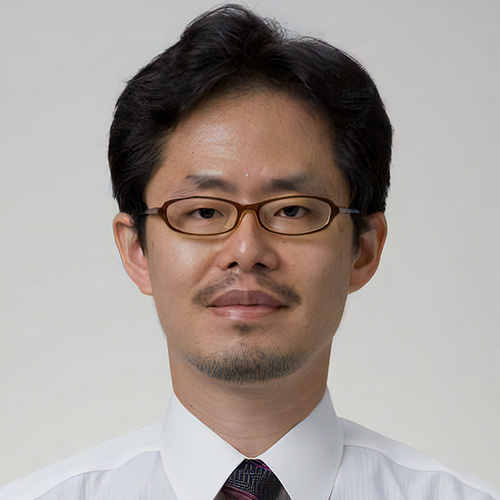Related Outline
Using the Drosophila visual system as a model, I am interested in clarifying how functional patterns are formed by the interaction of forces generated by individual cells and forces received from tissues.
Tile patterns are made from identical shapes arranged without gaps, and are seen in the compound eyes of insects, the columnar structures of the brain, and the hepatic lobules of the liver, all of which exhibit a hexagonal pattern. This is thought to be due to the fact that hexagons are mechanically stable. In fact, the individual eyes that make up the compound eye of Drosophila also show a mechanically stable hexagonal pattern, but in certain mutants this pattern changes to a tetragonal pattern.
Previous studies have shown that the hexagonal and tetragonal patterns are regulated by a combination of two forces: membrane tension along the dorso-ventral axis and radial growth pressure of the cells comprising the ommatidia (Hayashi et al., Current Biology 2022). The pigment cells that make up the ommatidia grow rapidly during development and push away surrounding cells. Although the growth pressure is thought to play an important role in tile pattern formation, the physical entity that produces this growth pressure has not been understood.
In this study, I hope to elucidate the physical entity of the cell growth pressure, and to elucidate the mechanism by which the homeostasis of cell morphology is maintained through the interaction between membrane tension and growth pressure, as well as the mechanism of force propagation within the tissue.
Career
Completed PhD in Department of Biophysics and Biochemistry, Graduate School of Science, University of Tokyo (2000), followed by Research fellow of the Japan Society for the Promotion of Science, Postdoctoral Fellow in University of California, San Francisco, and Research Associate, Institute of Molecular and Cellular Biosciences, University of Tokyo (2002). Obtained an independent position as Tenure Track Associate Professor, Frontier Science Organization, Kanazawa University (2008), followed by PRESTO, JST, Professor, Lab of Developmental Neurobiology, Graduate School of Medical Science, Brain/Liver Interface Medicine Research Center, Kanazawa University (2012), and Professor, Mathematical Neuroscience Unit, Institute for Frontier Science Initiative, Kanazawa University (2014-). Received the Young Scientists’ Prize, the Commendation for Science and Technology by the Minister of Education, Culture, Sports, Science and Technology (2014).
Representative Achievements
- Tiling mechanisms of the Drosophila compound eye through geometrical tessellation.
Hayashi, T., Tomomizu, T., Sushida, T., Akiyama, M., Ei, S., and Sato, M.
Current Biology 32, 2101-2109 (2022).
DOI: https://doi.org/10.1016/j.cub.2022.03.046 - DWnt4 and DWnt10 regulate morphogenesis and arrangement of the columnar structures through Fz2/PCP signaling in the Drosophila brain.
Han, X., Wang, M., Liu, C., Trush, O., Takayama, R., Akiyama, T., Naito, T., Tomomizu, T., Imamura, K. and Sato. M.
Cell Reports 33, 108305 (2020).
DOI: https://doi.org/10.1016/j.celrep.2020.108305 - N-cadherin orchestrates self-organization of neurons within a columnar unit in the Drosophila medulla.
Trush, O., Liu, C., Han, X., Nakai, Y., Takayama, R., Murakawa, H., Carrillo, J. A., Takechi, H., Hakeda-Suzuki, S., Suzuki T. and Sato, M.
Journal of Neuroscience 39, 5861-5880 (2019).
DOI: https://doi.org/10.1523/JNEUROSCI.3107-18.2019

